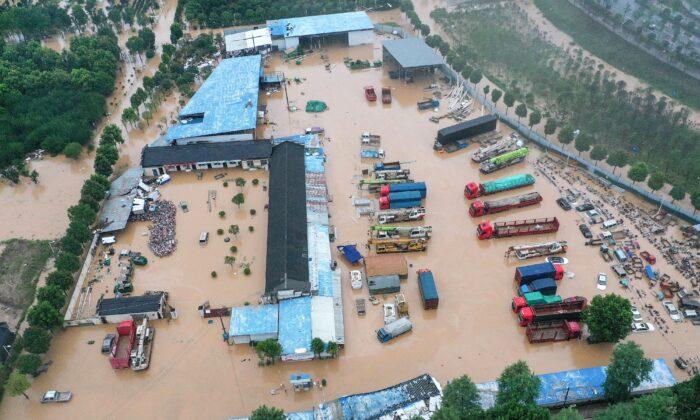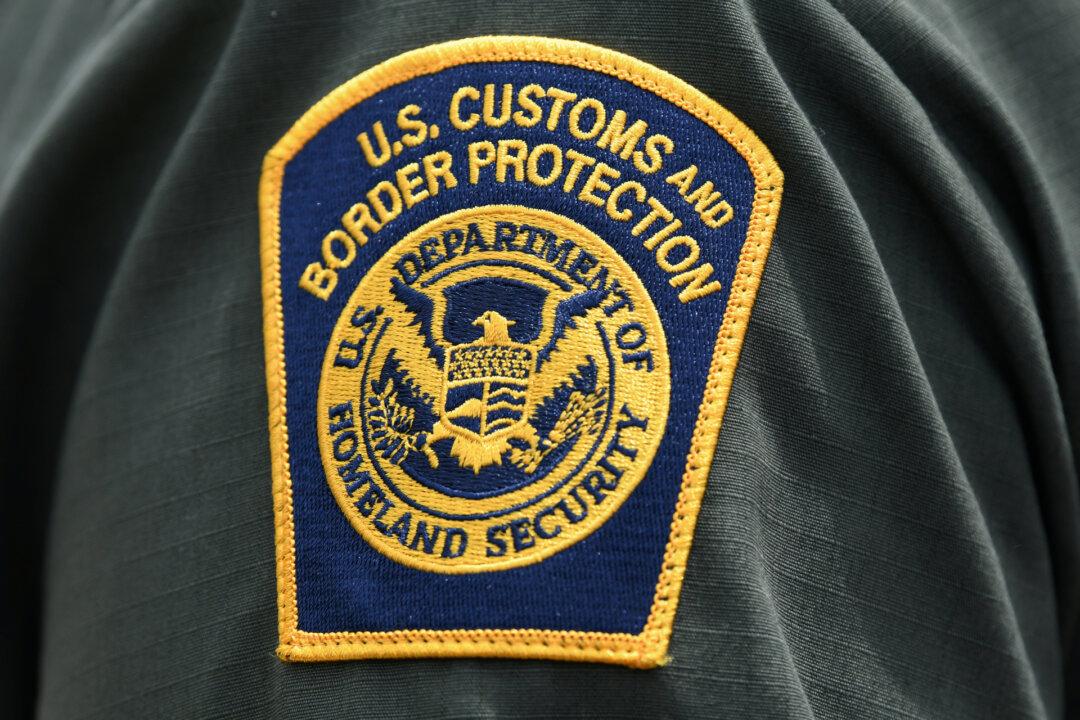An outbreak of Shigellosis, a diarrheal disease, within a small Chinese town has left many citizens frustrated at local authorities’ failure to take prompt action.
On Aug. 23, the health commission at Shou County, located in eastern China’s Anhui Province, issued an announcement that at least 493 residents in Baoyi Town had symptoms of fever, vomiting, stomach, and diarrhea since Thursday. Baoyi is one of several townships in Shou County, with close to 50,000 residents, according to official data.
According to the commission, its initial investigation revealed that the outbreak was caused by a bacteria known as Shigella. It also ordered a water treatment plant in Baoyi to shut down to prevent the spread of the bacteria, but did not explain further how the plant was involved in the outbreak. It did not reveal more information about the source of the infection.
The disease can be cured without antibiotic treatment, but patients can be prescribed antibiotics if their conditions become severe, according to the CDC. Effective prevention methods include washing hands with soap and water, and avoiding drinking water from ponds or lakes.
The parent of a sick child and a local doctor told the Chinese-language Epoch Times what they had witnessed.
Mr. Liu (an alias), a Baoyi resident, said his 13-year-old granddaughter became sick on Aug. 18, when she began vomiting while having stomach pains, diarrhea, and fever. She had been treated at a local hospital for five days but she continued to have a fever.
Liu added that his other 10-year-old grandchild was also hospitalized due to the disease.
Liu said that the disease first appeared in children, but then later, elders in town also began exhibiting symptoms. People who ate at local restaurants were also sick.
Liu said that many locals suspected that the spread of the bacteria was caused by local tap water not being effectively filtered.
A doctor surnamed Yang (an alias) said a lot of people began to show up at his hospital in Shou County on Aug. 20, and many of these people came from Baoyi. A lot of the sick were children under 10 years old, according to Yang.
On the morning of Aug. 22, Yang said nearly 200 sick people turned up at his hospital. He wasn’t sure exactly what caused them to be sick, but had prescribed antibiotics to his patients.
Many Chinese netizens took to Shou County’s official government account on Weibo, China’s equivalent to Twitter, to express their frustrations.
At least two locals in Anhui questioned the county government for taking so long to issue the announcement. One wrote: “The problem surfaced on the 20th [of August]. Why was it only exposed now? Who was trying to suppress the information?”
One comment received many thumbs-up: “It is caused by Shigella. Then, where is the source of the infection?”
According to the Chinese news portal Sina, a Baoyi resident surnamed Lee said that the town’s tap water originated from Wabu Lake. She questioned whether the lake water was polluted by the bacteria.
Wabu Lake, in the southeast of Shou County, is located on the south bank of the middle reaches of Huai River.
Anhui is one of China’s provinces heavily hit by heavy rain since the summer. The rain resulted in a stretch of Huai River to swell and inundate surrounding areas. According to Chinese state-run Xinhua, 12 cities in Anhui declared flood emergencies on July 25. The disaster in Anhui prompted Chinese leader Xi Jinping to visit the province in August.
One netizen said that after local flood discharges, the tap water coming out of his or her faucet was yellowish in color, leading him or her to wonder whether the floodwaters contaminated local water sources.





